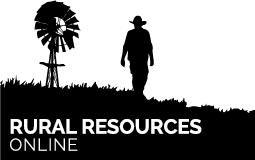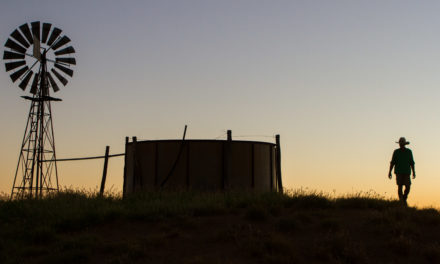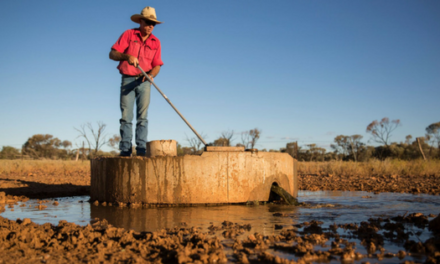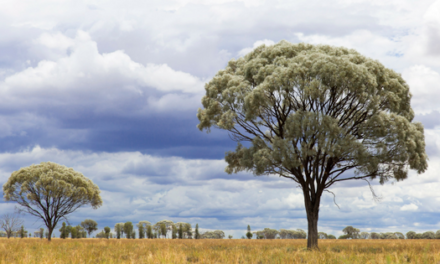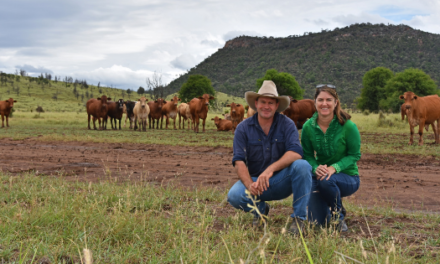According to my city friends I am an Aussie farmer. Technically, I am a grazier as we grow grass for beef cattle and do not farm land to grow crops. But in terms of an easily identifiable profession I call myself a farmer.
Why?
Because they don’t care about technicalities, they just want to know how it’s going on the farm.
As a friend and advocate for rural Australia and agriculture I appreciate their genuine concern.
The increased media attention is raising awareness, which is a good thing as some farmers have been in drought for a very long time. Personally, we have a property at Blackall that has not had good rainfall for over six years.
We are the lucky ones though, as we have other properties not in drought.
Primary producers (farmers) are feeling vulnerable. They are doing their best to get up each day and get on with the jobs that need to be done. Many do not feel in a good headspace to be answering questions about their farming practices.
It’s not because they can’t explain why they do what they do. They are simply exhausted.
Others worry that the focus on the drought paints a single picture of an industry that is crippled by nature. Farmers are adaptive, resilient and determined to continue to produce international standard produce.
We love a sunburnt country
On the east coast of Australia farmers are facing the worst drought in 50 years. In NSW 100 per cent of farmers are in drought. This means the options are few and far between.
Queensland covers a massive land area and over half of it is also in drought.
When drought is not widespread stock can be moved away from properties in drought and agisted on another property. When water supply is not an issue, hay and fodder can usually be purchased.
Weather forecasting is not an exact science and sometimes they get it wrong.
To grow a crop significant money must be outlaid to plant the seed.
With several seasons of failed crops the debt levels get scary. The gamble of course is that a good season can change things around. For many the gamble has not paid off and they are devastated.
Drought is often likened to a cancer.
Why?
Because it does not discriminate and as it gets drier it continues to spread and become more severe. Also, it doesn’t just impact the person battling the illness.
Rural communities are suffering along with the farmers.
A concerning trend
Interest in the drought is increasing. All forms of media are starting to take up the stories.
While this improved dialogue is desperately needed and very welcome, I am concerned about some emerging trends.
The wonderful thing about social media is that stories can be shared instantly and can go viral in a very short space of time.
There are opportunities to educate and inform.
The reality is there is also an avenue to criticise, condemn and crucify.
Images intended to educate are being used to shame and distort the truth. Fiona Lake offers the best advice in saying ‘if images need explanation – don’t put them online’. This is because your caption can easily be removed and a completely different caption inserted before an images is shared.
The stories you don’t hear about
The stories that would really shock Australians are not being heard. This is because drought for many people is a very personal thing.
Remember, for some people this has been going on for a very long time.
Like cancer, they live in hope the battle and heartache will have a happy ending. But the reality for some is they simply don’t know.
Australian farmers are a proud bunch. They take great pride in what they do whether that be to grow crops or grass for meat production.
Many are members of an intergenerational farming enterprise. They see themselves as custodians for the future with the weight of the past on their shoulders. No-one wants to the be one to let others down.
The luck of the draw
We have more than one property.
They are all organic, operated with best management practice guidelines and overseen by the same people.
One however, does not currently make a profit.
We were able to destock that property and minimise the operational running costs. It will rain and that property will be useful again.
We are lucky, we don’t own just one property and we were able to remove the livestock to look after the vegetation and land condition.
Others aren’t in such an enviable position.
The reality of not being in control
Banks assess debt levels against the ability to repay loans. Livestock and crops provide the cashflow to pay bills including interest.
Savings and credit are used to buy feed so that livestock can be retained when drought hits.
Imagine the thought of running out savings and extending credit to the point there is no more lifeline left.
Not all farmers are doing it tough
Australia is a large continent and it must be remembered that the media does select stories.
Droughts are part of life in Australia and most farmers do plan for them. Strategies are put in place. Stock numbers do get reduced, grain and silage is grown in the good years and stored for times of drought.
However, this current drought is the worst in living memory for many farmers and supplies are running out.
The problem is for all the planning, farmers don’t know when it will rain.
The heartbreak for those who breed livestock is the thought of losing decades of genetics that have been carefully selected for their traits.
So, understandably they try to hang on.
Australia exports much of what it produces, this means people will not starve.
But like the small towns that are impacted at some point the economy will feel the impact.
And lives will continue to be lost because individual farmers and their families are hurting.
The problem farmers face
Historically when life on the land got tough and people were hurting others stepped up and said ‘how can I help’. It was understood that without rain you cannot guarantee water supply or grow grass and crops. People got on with the job of helping people.
While many people are reaching out to help the reality is times have changed.
Interest groups are very skilled in using the online world to further their agenda. Photos of animals and baron landscapes are usually captioned with a message intended to blame and question.
The questions farmers are regularly asked are different to what they once were. No longer are offers of assistance the first thing people hear. Instead, their business practices are being questioned and conversations start with ‘but why…?’
But why do you breed livestock you cannot feed?
But why don’t you find somewhere else for them to go?
But why do you want me to pay for your problems?
But why should I help when you choose to be a farmer?
The list goes on.
Understandably, these questions hurt to hear.
Farmers in severe drought are fragile. What one person might consider a legitimate question to ask is seen as a personal attack.
The playing field is no longer level and the bullies are out in force.
Hope is not lost and, as it always does, it will rain.
In the meantime, the best thing you can do is be kind and ask yourself this ‘if it was me what would help’?
From there good things will happen.
